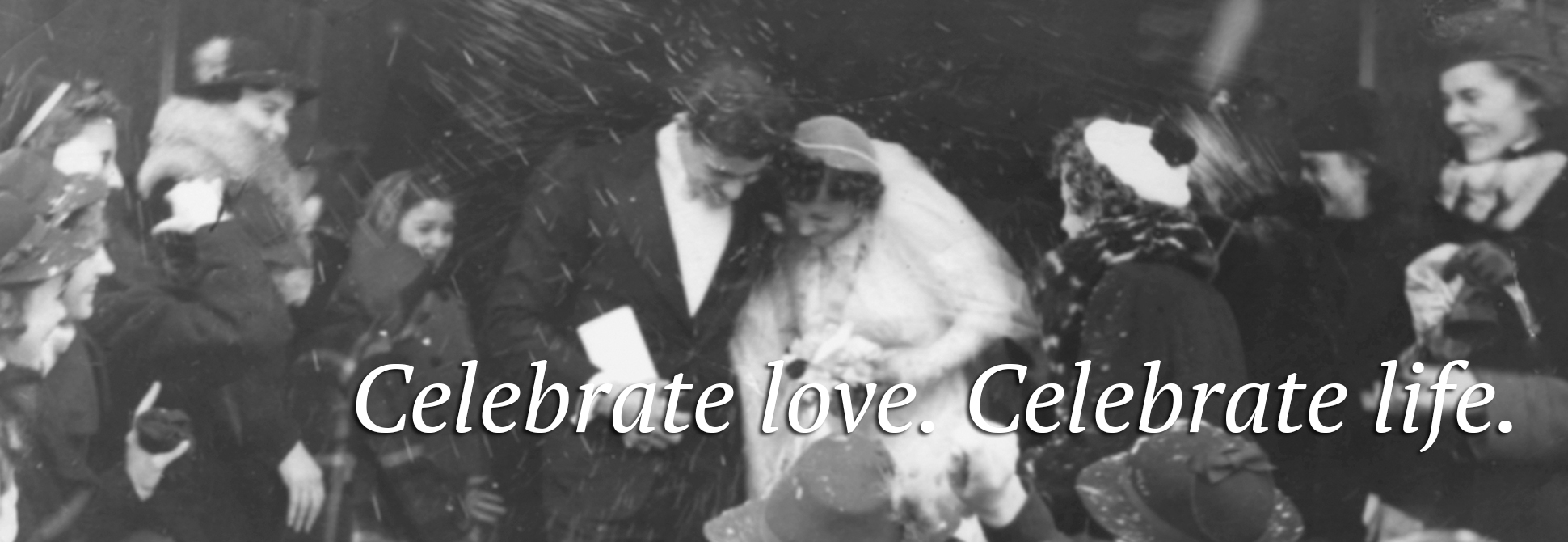Traditional Services
A traditional service typically involves embalming, a visitation and/or viewing, followed by a funeral service. It is your decision whether to have the casket open. It is not unusual for families to change the order of events within a traditional service, such as having a graveside service occur prior to a visitation and service. Except in certain cases, embalming is not required by law. Embalming may be necessary, however, if you select certain funeral arrangements, such as a public viewing.
Burial FAQ
Can we dig our own grave to avoid the charge for opening and closing?
The actual opening and closing of the grave is just one component of the cemetery fee. Due to safety issues that arise around the use of machinery on cemetery property, and the protection of other gravesites, the actual opening and closing of the grave is conducted by cemetery grounds personnel only.
Why is having a place to visit so important?
To remember, and to be remembered. A permanent memorial in a cemetery provides a focal point for remembrance and memorializing the deceased. Memorialization of the dead is a key component in almost every culture. Psychologists say that remembrance practices serve an important emotional function for survivors by helping them bring closure, which allows the healing process to begin. The provision of a permanent resting place is an important part of this process.
Are cemeteries running out of land?
Most active cemeteries in our area have adequate space for future generations or possibilities for expansion. Some cemeteries have been proactive in developing plans for more efficient use of space by creating cremation-only sections.
In a hundred years, will this cemetery still be there?
Although no one can answer this question with certainty, most cemeteries exist in perpetuity.
How soon after a death must an individual be buried?
There is no law that states a specific time-span for burial, however, considerations that affect the time period include: the need to secure all permits and authorizations; notification of family and friends; preparation of the cemetery site, and scheduling of participants.
Does a body have to be embalmed before it is buried?
No. Embalming is generally a choice, one that depends on factors such as family preference, whether there is to be an open casket viewing of the body, or if there will be an extended time between death and interment. Public health laws may require embalming if the body is going to be transported by air or rail.
What options are available besides ground burial?
Some cemeteries offer interment in lawn crypts or entombment in mausoleums. In addition, most cemeteries provide options for those who have selected cremation. These often include placement of cremated remains in a niche of a columbarium or interment in an urn space.
What are burial vaults and grave liners?
These are the outside containers into which the casket is placed. Burial vaults are designed to protect the casket and may be made of a variety of materials, including concrete, stainless steel, galvanized steel, copper, bronze, plastic, or fiberglass. A grave liner is a lightweight version of a vault that keeps the grave surface from sinking but is not designed to provide protection from moisture.
Must I purchase a burial vault?
Most cemeteries have regulations that require the use of a basic grave liner for maintenance and safety purposes. Either a grave liner or a burial vault will satisfy these requirements.
There are alternatives to burial. See Cremation Options.





